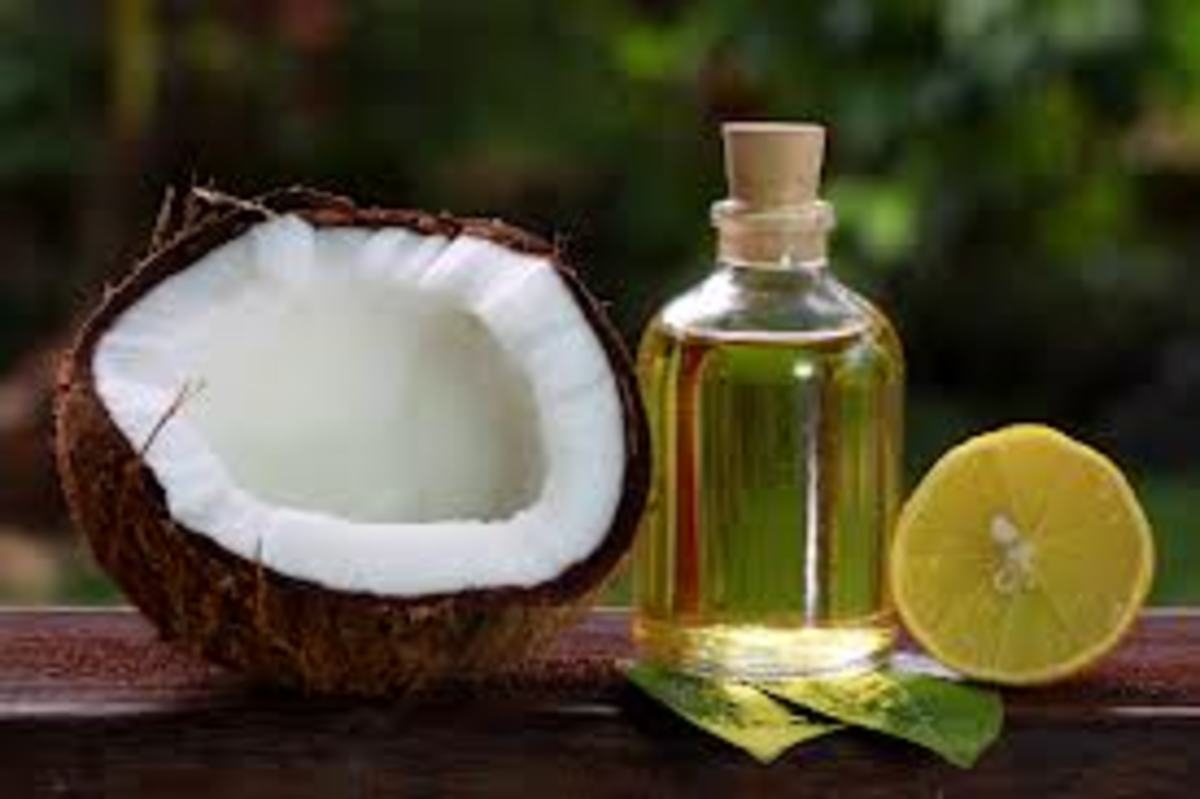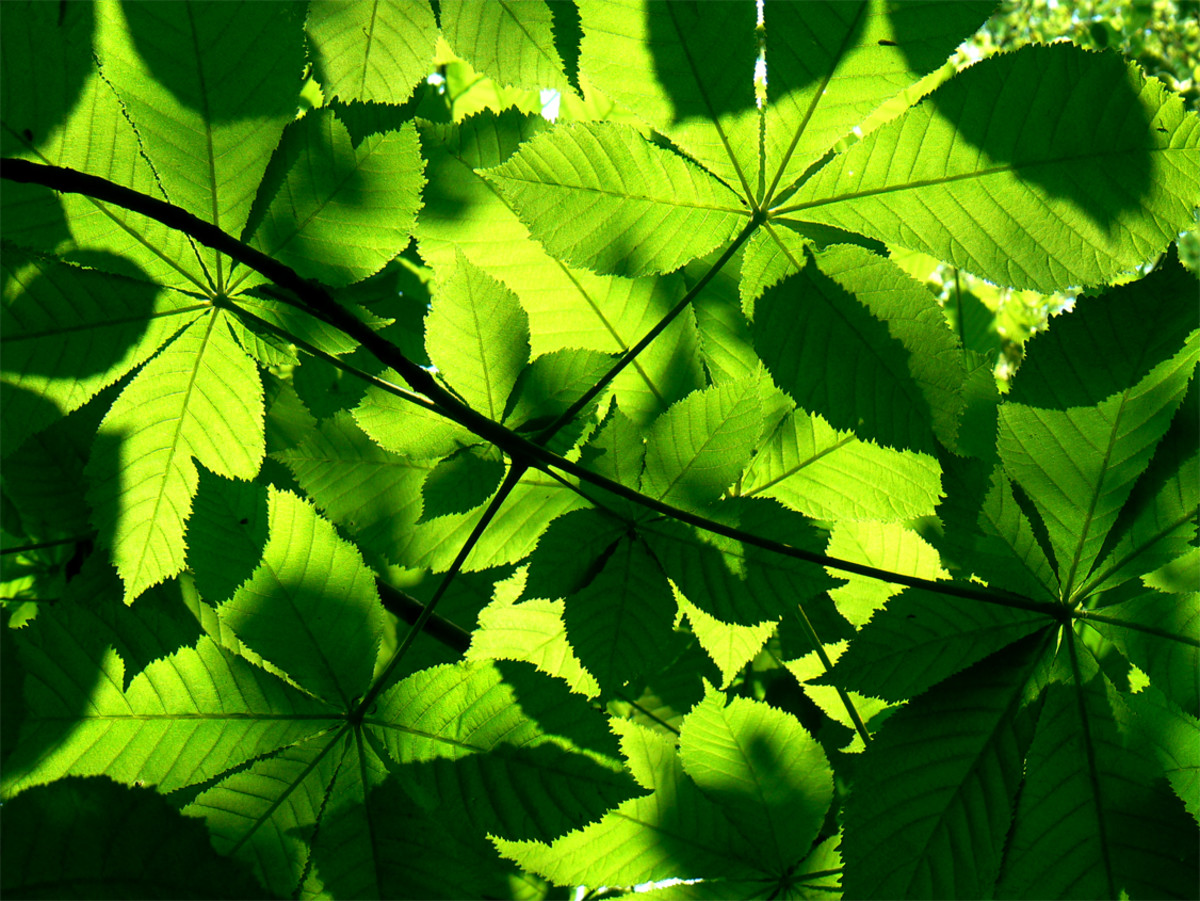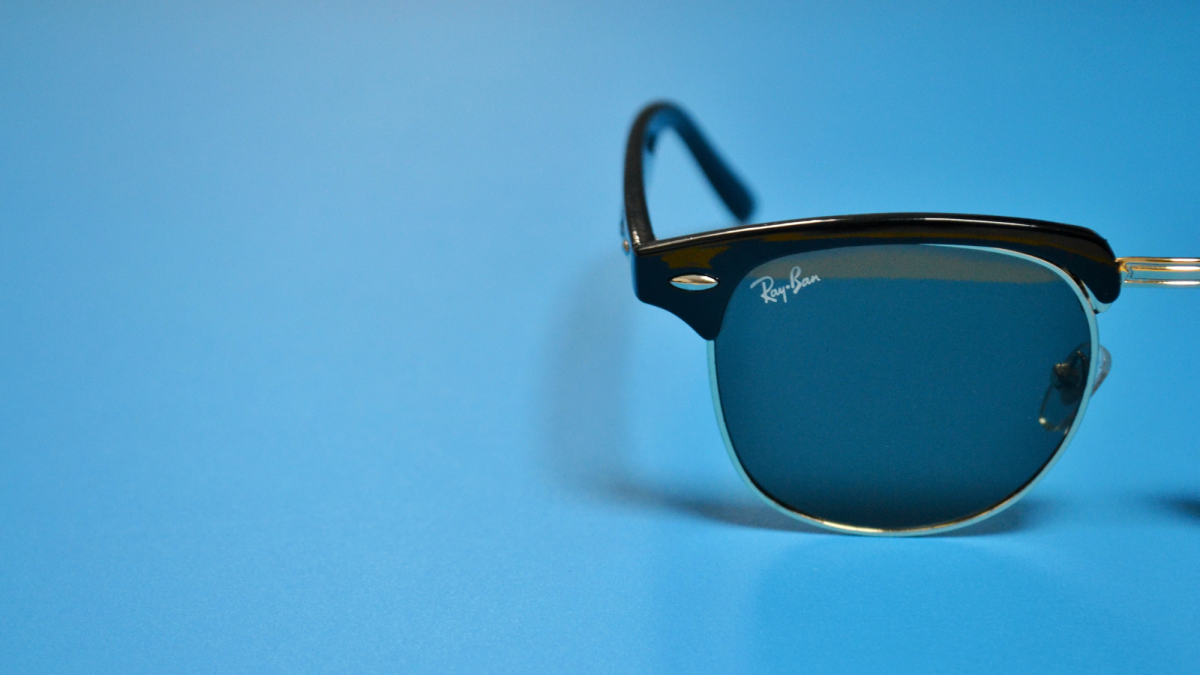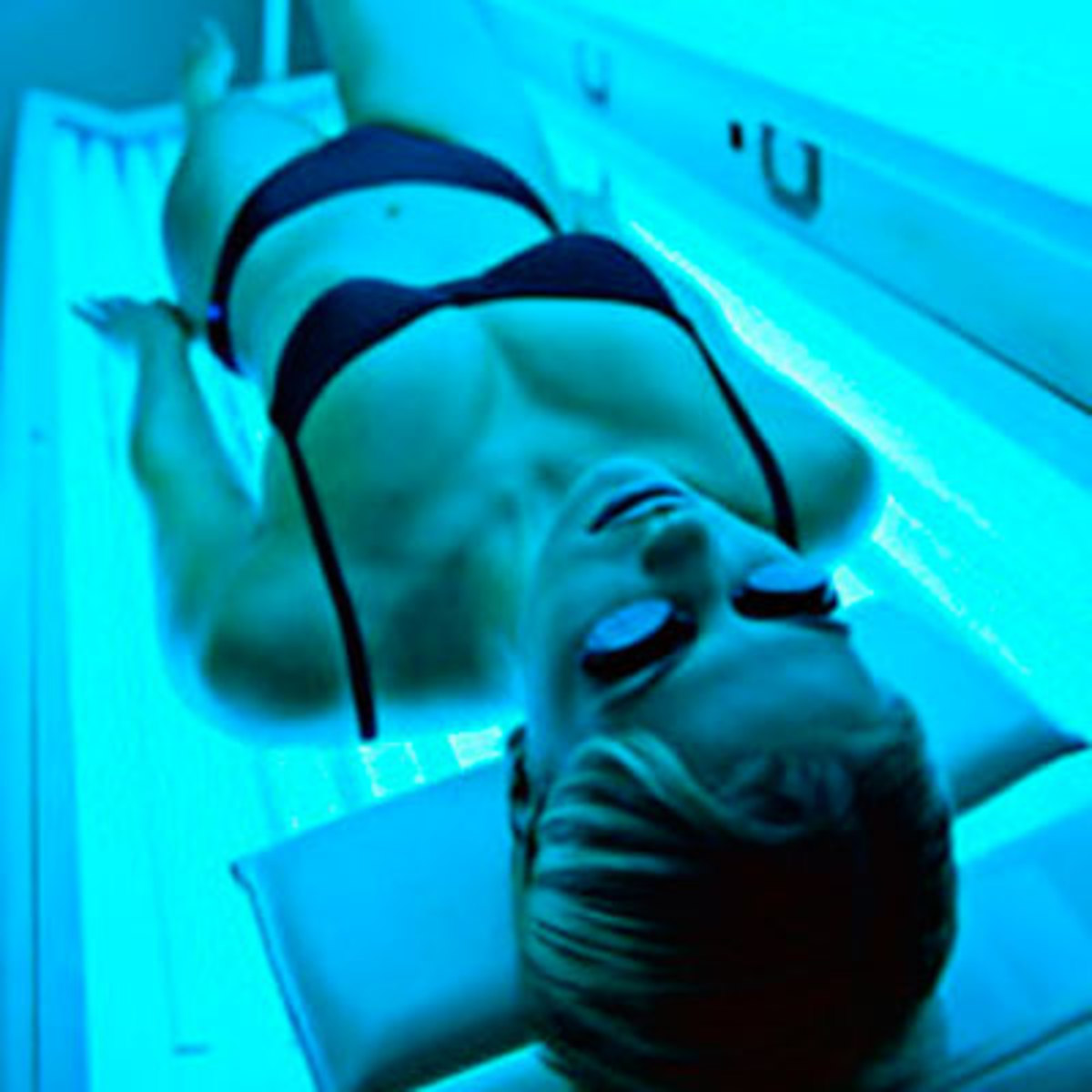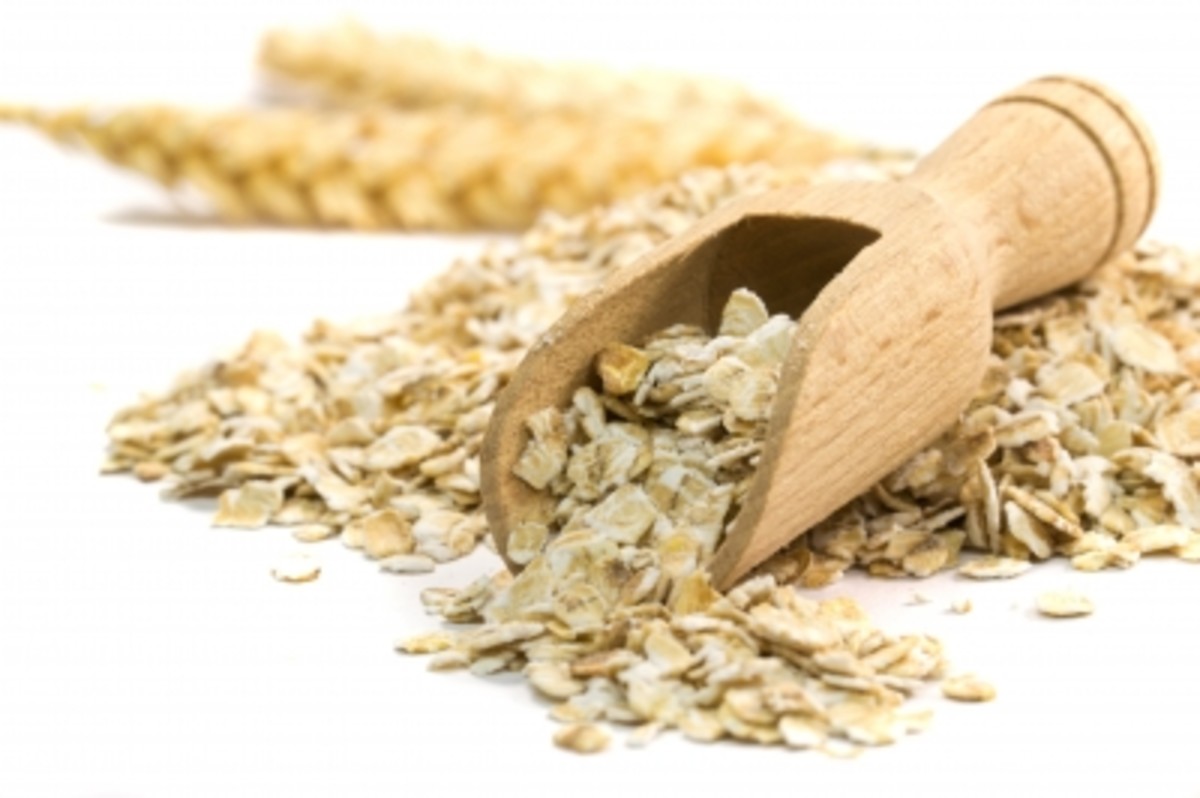Sun Protection Against Ultraviolet Rays and How to Make Your Own Natural Sunscreen
Protect Your Skin Against the Damaging Effects of UV Rays.
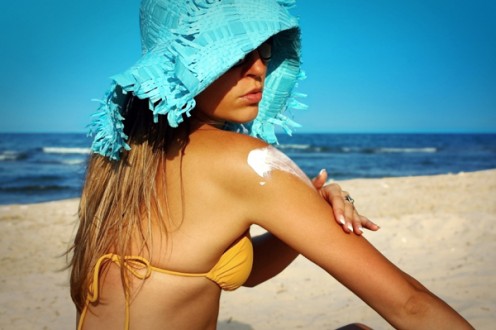
© All Rights Reserved
The sun emits electromagnetic radiation in the form of heat and light. In fact, 99 percent of the electromagnetic radiation reaches the Earth in the form of ultraviolet (UV) rays, infrared rays (heat) and light. While heat and light are necessary for sustaining life, too much UV exposure can have undue effects on the skin and health. According to the U.S. Department of Health and Human Services, UV radiation, from the sun as well as tanning beds, is classified as a human carcinogen. It is not surprising, therefore, that UV radiation is the main culprit behind the ugly effects of photoaging—wrinkles, premature aging skin, age spots and the risk factor in skin cancer. The U.S. Environment Protection Agency (EPA) also has grim statistics to show the dangerous effects of UV radiation—one in five Americans will develop skin cancer in their lifetime and it claims the life of one American every hour.
Sounds scary? If you’re a sun-worshipper or have been negligent about sun protection, there is good news: Skin cancer can be prevented by limiting unprotected exposure to UV rays.
But what are UV rays? Are there different types of UV rays and what do they do to your skin and health. Here’s the lowdown:
What are UV Rays?
UV rays are energy emitted by the sun and they travel in wavelengths. Shorter wavelengths have more energy and vice versa. By definition, UV rays are shorter than infrared rays and therefore have more energy than visible radiation. This attribution makes UV rays more harmful than infrared rays. Why? The higher energy found in UV rays is strong enough to cause the breakdown of molecules of any substance, changing the chemical structure of the molecule. Prolonged periods of UV radiation can cause cell damage and deformities by altering its genetic code. For the skin, it can mean premature wrinkles, photoaging and in the worst case scenario, skin cancer. Eyes can develop cataract, pigmentation or macular degeneration.
However, not all UV rays exert the same kind of effects. Within the UV rays spectrum, there are 3 main types and they’re classified according to their wave ranges: UVA, UVB and UVC
UVA Rays
UVA rays have the longest wavelength and therefore exert the least energy of all the UV rays. They range from 320 to 400 nanometers (nm, or billions of a meter). You can get technical and further divide UVA into UVA1 (340 to 400 nm) and UVA2 (320 to 400 nm). They also account for most of the radiation from the sun, a whopping 95 percent. Although they are less intense due to their longer wavelength, they are 30 to 50 percent more prevalent and their effects are more consistent throughout the day. Their longer wavelengths also enable them to penetrate deeper into the skin than UVB rays. Premature wrinkles, skin aging, age spots –in one word—photoaging develops with unprotected exposure to UVA rays.
UVB Rays
UVB rays fall mid-range in the UV spectrum, ranging from 290 to 320 nm. Although the ozone layer does much to absorb UVB rays, some still manage to find their way to Earth. With increasing depletion of ozone layer, more UVB rays will reach Earth. Unlike UVA consistency, the intensity of UVB rays varies by location, season and time of the day. Higher altitude will have more UVB rays and reflection off light-reflecting surfaces such as snow and sea will intensify their presence as well. UVB rays are strongest between 10 AM and 4 PM and in the hot summer months. Indiscriminate and prolonged exposure to UVB rays will cause skin reddening and sunburn, causing damage to the skin’s superficial epidermal layers. The ugly effects of photoaging will show and skin cancer may develop.
UVC Rays
UVC rays are the shortest of the UV rays and therefore the most intense and damaging. Thankfully, its high intensity causes it to react with the ozone layer, causing the breakdown of molecules. UVC rays rarely reach the Earth due to that. However, certain energy-producing procedures such welding (where high heat and light are created) can produce UVC rays. Prolonged exposure to UVC rays can cause cataracts and eye problems.
Dangers of UV Rays
While some sun exposure is necessary for the formation of vitamin D, too much sun exposure can results in health ramifications. According to the U.S. Environmental Protection Agency, UV radiation may cause the following:
- Premature skin aging and other skin problems
- Skin cancer (Melanoma and nonmelanoma)
- Cataracts and other eye damage such as pigmentation
- Immune System Suppression
How to Protect Against UV Radiation
Short of hiding indoor to avoid UV radiation, there are some ways to enjoy the sun without suffering the consequences. It is often better to err on the side of caution but if you’re in doubt as to how to go about protecting your skin and health, here’s the recommendation from the experts. The Center for Disease Control suggests the following ways:
- Always use a sunscreen with a SPF (Sun Protection Factor) of 15 or higher. Look for one with both UVA and UVB protection.
- Wear clothing to protect exposed skin. For example, wear a long-sleeved shirt while working in the sun.
- Wear a hat with a wide brim to protect the face, head, ears and neck.
- Wear sunglasses that block as close to 100% of the UVA and UVB rays as possible. Preferably choose sunglasses that wrap around the eyes for maximum protection.
- Whenever possible, choose shade during the midday hours when radiation is the strongest.
Make Your Own Natural Sunscreen
Of course, it’s easier to go to the store to buy sunscreen and some brands even carry SPF up to 90. But what if you’re allergic to some of the chemicals used or you’re quite a natural health nut and would much prefer using natural ingredients, after all, the solution is going on your skin? You can actually make your own sunscreen! Here’s a very basic recipe by Sophie Uliano of the “Gorgeously Green” series fame:
Sesame Sunscreen
- 2 tbs virgin coconut oil (SPF 2)
- 1 tbs shea butter (SPF 6)
- ½ tsp sesame oil (SPF 2)
- ½ tsp aloe vera gel
- 2 tsp zinc oxide
Put the first 4 ingredients in a ceramic bowl and put the bowl inside a saucepan filled with an inch or two of gently boiling water. Melt all the ingredients and add zinc oxide (the sun protection ingredient). Pour into a dark glass jar and keep it in a cool dark place. Will last for 6 months.
Note: Zinc oxide and titanium dioxide are two of the natural minerals approved by FDA for use in sunscreen. Both are gentle and non-irritating and the least likely to cause photosensitivity disorders. Titanium dioxide offers protection against both UVA and UVB rays and zinc oxide offers an even wider spectrum of protection in the UVA range.
.
Oils with Natural Sun Protection
You can also substitute the oils used in the above recipe with any of these oils, all with natural sun protection, some higher than others.
- Avocado oil (SPF 6 to 8): My personal favorite and I use it under foundation.
- Red Raspberry Seed Oil (SPF 28 to 50)
- Cannabis Oil (SPF 6)
- Macadamia Oil (SPF 6)
- Jojoba oil (SPF 6)
- Hemp Seed oil (SPF 6)
Herbal Sun Protection
Some herbs pull their own weight when it comes to sun protection. Here are some heavy weights:
- Vitamin C and E offers protection free radical damage caused by UV rays. According to the Duke University research, vitamin C and E help to counter the effects of sun exposure.
- Green tea (Camellia sinensis) protects against skin cancer. How? Topical application of green tea blocks UV rays by nullifying damaging effects of free radicals and reducing inflammation.
- Horse Chestnut extract, esculin, is high in antioxidants and offers protection against UV rays.
- Extract of Helichrysum (part of the Sunflower family) has anti-inflammatory and regenerative qualities. Acts as an effective sunscreen.
Other related hubs by same author:
Protective Sunglasses: How to Choose a Good Pair
Coconut Oil for Healthy Skin and Glow



